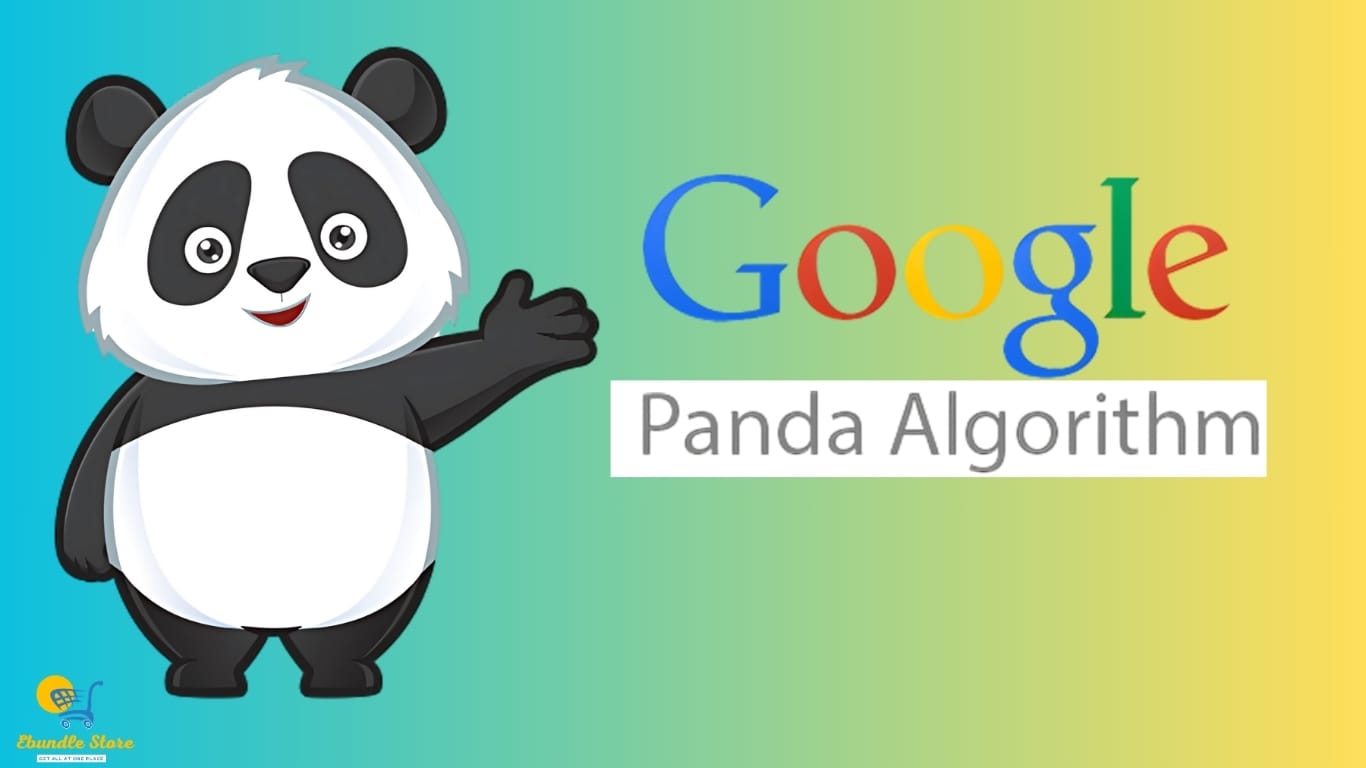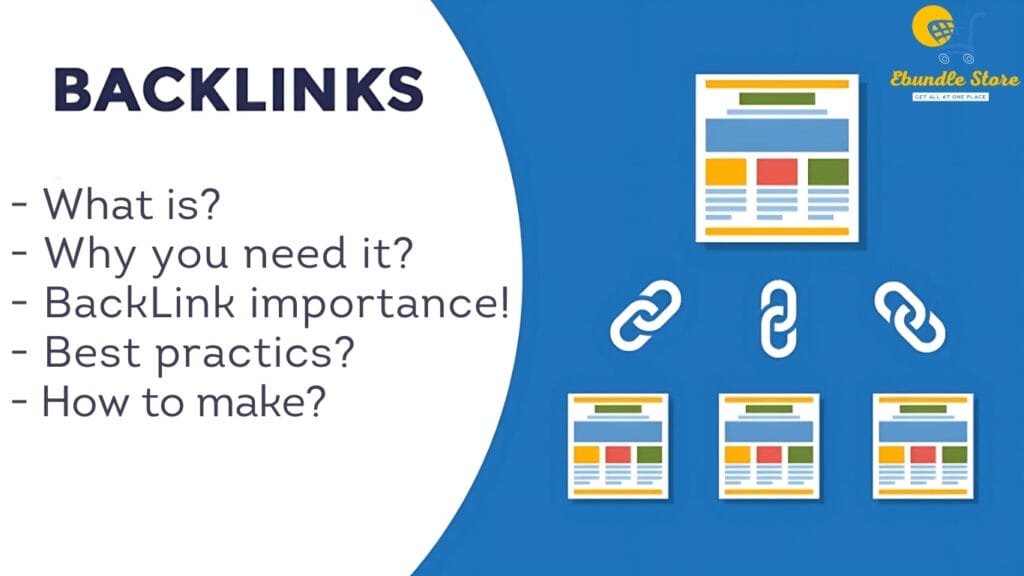What is the Panda Algorithm?
Google Panda was first released on February 23, 2011, as a major algorithm update aimed at improving the quality of search results. Its primary purpose was to reward high-quality websites while reducing the visibility of low-quality sites that relied on manipulative tactics, such as content farms and duplicate content. Initially referred to as the "Farmer" update, Panda impacted approximately 12% of English-language search results shortly after its launch.
Between 2011 and 2015, Google rolled out 28 updates to the Panda algorithm, refining its ability to identify and penalize low-value content. The algorithm evaluated factors such as content originality, relevance, user experience, and the presence of spammy practices. By 2015, Panda was integrated into Google's core algorithm, ensuring its influence on search rankings became a continuous process.
Panda marked a significant shift in SEO practices by emphasizing the importance of high-quality, user-focused content. It played a crucial role in shaping modern SEO strategies by discouraging black-hat techniques and encouraging publishers to prioritize value and relevance for their audiences.
Triggering the Panda Algorithm
The Panda Update Fixed a Number of Issues in Google SERPs, Including:
- Minimalistic Web Pages: Pages that are overly concise or text-heavy with few resources. For example, a collection of web pages describing various health conditions with only a few sentences per page.
- Duplicate Content: Content that is repeated across multiple locations on the internet or within the same website. For instance, a chimney sweeping company might create 10 nearly identical pages for different cities, with only the city name changed. This is considered duplicate content and lacks originality.
- Low-Value Content: Pages offering little value to human readers due to shallow or poorly written content, lacking depth and in-depth analysis.
- Content Farms: Websites that aggregate a large number of low-value pages created by underpaid writers to cover search engine queries. These articles often lack authority and are designed solely to rank for specific terms.
- Low-Quality User-Generated Content: Blogs or forums featuring short, poorly written articles filled with spelling and grammatical errors, offering little authoritative value.
- High Ad-to-Content Ratio: Websites dominated by paid advertisements rather than original content, creating a poor user experience.
- Yellow Page Links: Pages with poor-quality content and low value, often resembling outdated directory listings.
- Blocked Sites: Websites that users have blocked directly in search engine results or via browser interfaces like Chrome are often considered low-value by Google.
- Mismatched Search Queries: Pages where the content does not align with the search query. For example, a page titled "food coupons" might contain no coupons but instead display irrelevant ads, leading to user disappointment.
These issues were addressed by Google Panda to enhance the quality of search results and prioritize websites with valuable, original, and user-focused content.
How do I know if I'm being penalized by the Panda algorithm?
A potential Panda penalty signal is a sudden drop in your site’s organic traffic or search engine rankings that coincides with the algorithm update date. However, keep in mind that many factors can also cause a decline in rankings and traffic, such as the rise of competitors in your market, manual penalties (check Google Search Console for reported issues), seasonal drops in consumer interest (like ski slopes in July), or even another Google update (e.g., Penguin instead of Panda).
If your ranking loss aligns with the Panda update date, carefully review the list of bad practices to determine if any apply to your site. If you identify a connection between your site and these problematic behaviors, it is crucial to address and correct the issues immediately.
Still unsure if you're being penalized? Refer to this flowchart for further clarity.

How to fix a website from the Panda algorithm?
In the SEO industry, the "Panda algorithm" is a widely recognized update. When updates occur, they can be challenging to address. However, since the Panda algorithm heavily depends on the quality and value of website content, recovery methods typically involve enhancing the overall value of the site.
Key remedial measures include:
- Abandoning the content farm business model.
- Conducting a comprehensive review of your website's content to assess its value, usability, relevance, trustworthiness, and authority.
- Ensuring that pages are not overloaded with ads or unrelated links.
- Guaranteeing that the content on specific pages matches the relevance of user queries.
- Removing or fixing duplicate content issues.
- Carefully reviewing and editing content written by contributors to ensure it is original, accurate, and useful for readers.
- Using robots.txt commands such as "noindex" or "nofollow" to prevent indexing of duplicate or near-duplicate content and other problematic elements.
In summary, websites that consistently publish high-value, original content have little to fear from Panda updates. However, sites engaging in questionable practices risk penalties over time. From a business perspective, the best way to avoid penalties is by building a brand that is recognized as an authority in its field and creating a website that serves as a trusted resource through outstanding content.
Other things about the Panda algorithm
- The Panda algorithm was initially launched as a separate filter from Google's core algorithm but was integrated into the core algorithm at an unconfirmed date in March 2012.
- The name "Panda" comes from Google engineer Navneet Panda, who developed the technology behind the algorithm.
What’s next?
Statement: All articles on this website, unless otherwise specified or marked, are originally published by this site. Any individual or organization is strictly prohibited from copying, misappropriating, collecting, or publishing the content of this site on any website, book, or other media platform without prior consent from this site.If you believe that the content on this website infringes upon your legitimate rights and interests as the original author, please contact us for resolution. We take such matters seriously and are committed to addressing any concerns promptly.















